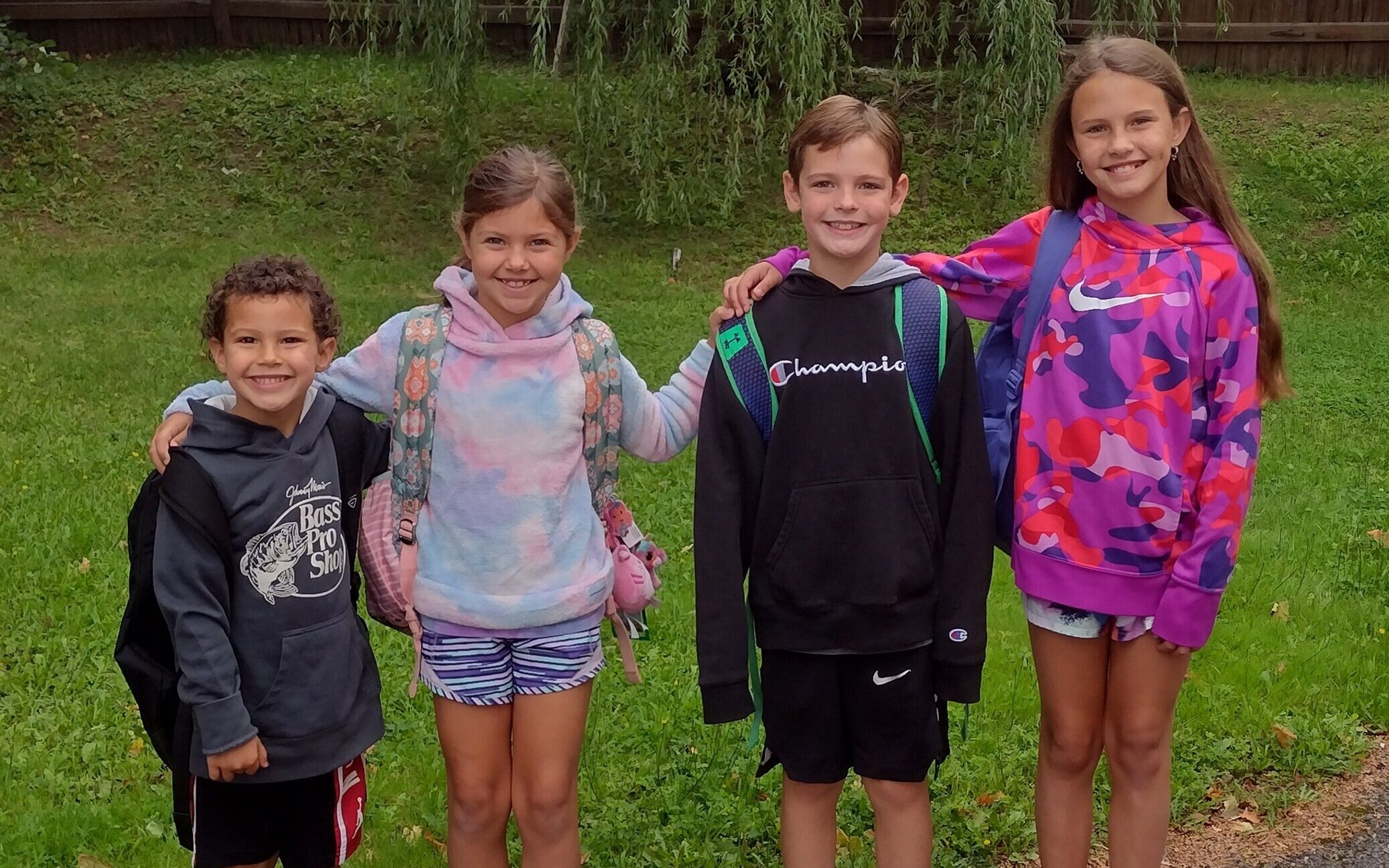
CARIBOU, Maine — In an era of population decline, Aroostook’s newest school is experiencing a major population boom.
RSU 39, serving Caribou and Stockholm, opened Caribou Community School, a brand new pre-K to grade eight building, in 2020. District leaders had predicted gradual declines from 728 students in its first year to 724 in 2021-22, 715 in 2022-23 and 714 for this school year.
The opposite has happened. Instead of losing more students, Caribou Community School gained the largest student population north of Bangor, mostly during the COVID-19 pandemic. As Aroostook saw more people move in, numerous families were drawn to Caribou for its modern new school, proximity to recreational programs and close-knit community.
Caribou Community School ended the 2020-21 year with only 670 students but that figure climbed to 708 the following year. By June 2023, the total population had jumped to 770 as more families moved to Caribou during COVID.
“It’s definitely a good problem to have,” said Principal Lee Caron. “When I started as principal at [the former] Caribou Middle School 11 years ago, every grade had over 100 kids. Then we started losing 10 to 20 kids a year. By the time I came here, no grade had 100 kids.”
The influx has begun to level off this year, with Caribou Community School only gaining six new students, making the total 776 students, Caron said.
Caribou Community School was built to house at least 750 students, with room for an additional 100 if necessary. Faced with declining enrollment, the district combined the former middle school and two elementary schools into one building rather than take on expensive structural repairs to the 50- to 80-year-old existing buildings.

The new school opened in November 2020 as in-person classes were becoming less predictable during the COVID-19 pandemic. The $54 million building includes 72-inch touchscreen smart TVs, mobile desks and furniture, three science labs, an Innovation Center for STEM classes, sensory spaces for special education students and more nurse’s rooms.
Aroostook County’s population has been shrinking since the closure of Limestone’s Loring Air Force Base in 1994, but the pandemic brought about an unexpected boost as more people fled urban areas. Between 2010 and 2020, Caribou’s population dropped from 8,189 to 7,396, according to U.S. Census data, but as of July 2022, the city had 7,441 people, an increase of .7 percent.
Neighboring Presque Isle, known as the region’s largest business and industry hub, remains The County’s biggest community, with 8,678 people as of July 2022. Though that city’s pre-K to grade eight population is larger than Caribou’s — 986 at the start of this school year — students are split between three buildings.
In Houlton, southern Aroostook’s largest town, the general population slightly increased since 2020 — from 6,057 to 6,064 — but RSU 29 experienced a systemwide decline of 119 students in that same period. This year, the district has gained 24 students.
That means Caribou Community School has the largest student population for a single building in Aroostook. The trend is largely a result of more new families seeing Caribou as a major recreational and small business hub in the post-Loring era.
“We like the small-town feel,” said Amy Morrow, who moved to Caribou from Arkansas last year with her husband Toby and seven of their eight children. “Our kids can walk from our house to school, their friends’ houses and the rec center.”

Toby is originally from Van Buren and still has family in Aroostook. The Morrows had visited Aroostook every summer but found themselves more drawn to Caribou after attending a community soccer tournament with local friends in 2021.
That year was also when RSU 39 first noticed a major influx of out-of-state and non-Aroostook families. When the school year began, 205 new students enrolled in the district, including 53 at Caribou Community School. Thirty seven students coming to the school were from other in-state schools, 12 from out of state and four were previously homeschooled.
A growing population has led to individual grades having numbers closer to what Caron saw in his early principal years. Caribou Community School’s eighth grade class is the largest, with 90 students. Grades four, two and kindergarten are close behind with 86, 83 and 80 students, respectively.
So far the student-to-teacher ratio remains healthy, with classrooms having no more than 20 students. The school has 64 teachers, which is what they started with in 2020, Caron said.
Administrators do not expect to consider hiring more unless the student population increases substantially again, Caron said. But the high student growth has forced teachers to be creative with space at times.
“Last year we didn’t have enough room for a health class, so we moved them to the stage [in the school’s cafeteria]. Sometimes they’ve used a science lab,” Caron said.
Those challenges have not prevented new families from praising Caribou’s new school and its community atmosphere.
This year, the Morrows have four children attending Caribou Community School and two more at the high school. Their oldest attends college in Arkansas while another has since graduated from Caribou High School and joined the U.S. military.
Last year was the first time the Morrows’ younger children attended public school after previously being homeschooled. Caribou Community School’s teachers, parents and students have made the transition a smooth one, Amy Morrow said.
“There’s not one person who hasn’t been welcoming,” Amy Morrow said. “The kids were accepted right away and their teachers have been helpful. Every time we have questions, they get answered.”







